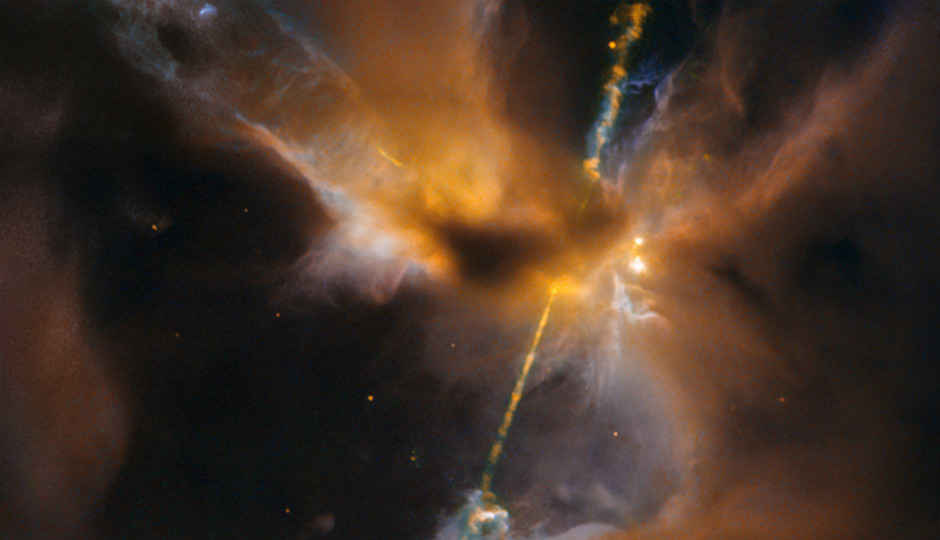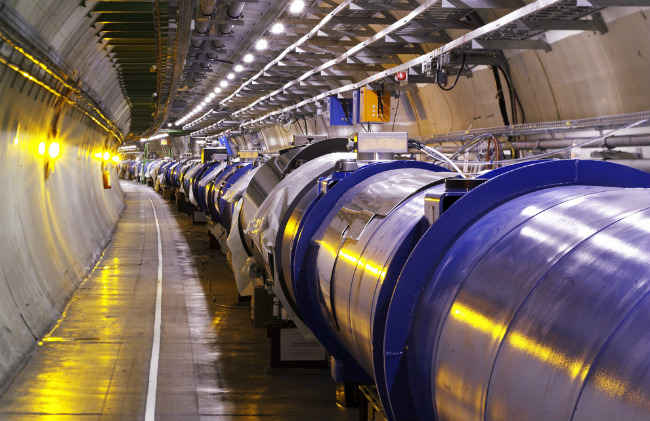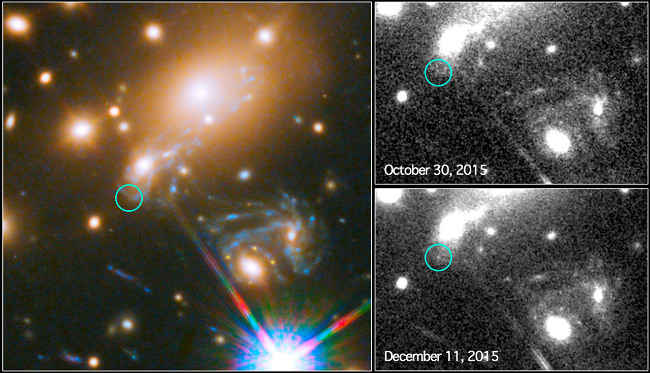New particle, dying supernova and lightsabers: Science this week

The Large Hadron Collider’s first major find after its upgrade and Hubble spotting a dying supernova are two of the most interesting finds in the world of science, lately.
In what has been the most significant find for CERN’s Large Hadron Collider since its upgrade last year, the Swiss laboratory has detected large proportion energy spikes, that may be occurring because of a new boson particle, that is possibly larger than the Higgs boson. With the collision of very high energy protons, an excess number of pairs of photons, each about 750GeV (gigaelectronvolts) in size. These, according to CERN’s scientists, may have formed with the decay of a 1500GeV particle. If this indeed turns out to be true, this may become the heaviest fundamental particle discovered till date – about four times larger than a quark (the fundamental material that forms hadrons), and six times larger than the Higgs boson – a fundamental particle that imparts mass.
In around the same time frame, NASA scientists released data and image of an exploding supernova. Named the Refsdal supernova in honour of Norwegian scientist Sjur Refsdal, the first scientist to propose the use of time-delayed images from galaxies undergoing gravitational lensing to study the universe’s expansion, the explosion occurred 10 billion years ago, and was first observed by Hubble in November 2014, in four separate images taken around the Einstein Cross, a rare, distant galactic arrangement in outer space.
Gravitational lensing occurs because of galaxies with extreme gravitational power, which magnifies and warps light travelling from the fringes. This led to the reappearance of the dying galaxy, which has been a fantastic sight to observe. Ever since its first sighting, scientists had calculated the approximate time in which the supernova would reappear again. Because of lensing, light not only magnifies, but is forced to take different routes owing to gravitational anomalies bending light paths. Using calculations and observations through its telescopes, NASA scientists detected a time in the future when the Refsdal supernova was expected to reappear, and it did.
In another sighting by NASA that has wider entertainment implications in our mortal world, the Hubble telescope also captured a magnificent image of an object from outer space, termed as the Herbig-Haro object, codenamed HH24. The object resembles a Lightsaber, literally from a galaxy far, far away. This fleeting sight has come from a newborn star, and resembles a double-bladed Lightsaber sword, cloaked in a cloud of dust that can be compared to a Jedi. The dust has spawned off the newborn star, soon after its birth. The force seems to have awakened in the outer galaxy, just in time for Star Wars: The Force Awakens, that premieres in Planet Earth, soon.
While these observations and discoveries are isolated, both have their unique ways of affecting the world of science – giving us further ‘light’ in understanding our origins, the fundamental particles of which we are made of, and how we grow in tandem with the rest of the universe. Attached below are images from CERN's Large Hadron Collider and NASA, highlighting the pinnacle of science this week.
CERN's Large Hadron Collider facility
The dying Refsdal supernova
The Herbig-Haro Lightsaber, formed by the newborn star







